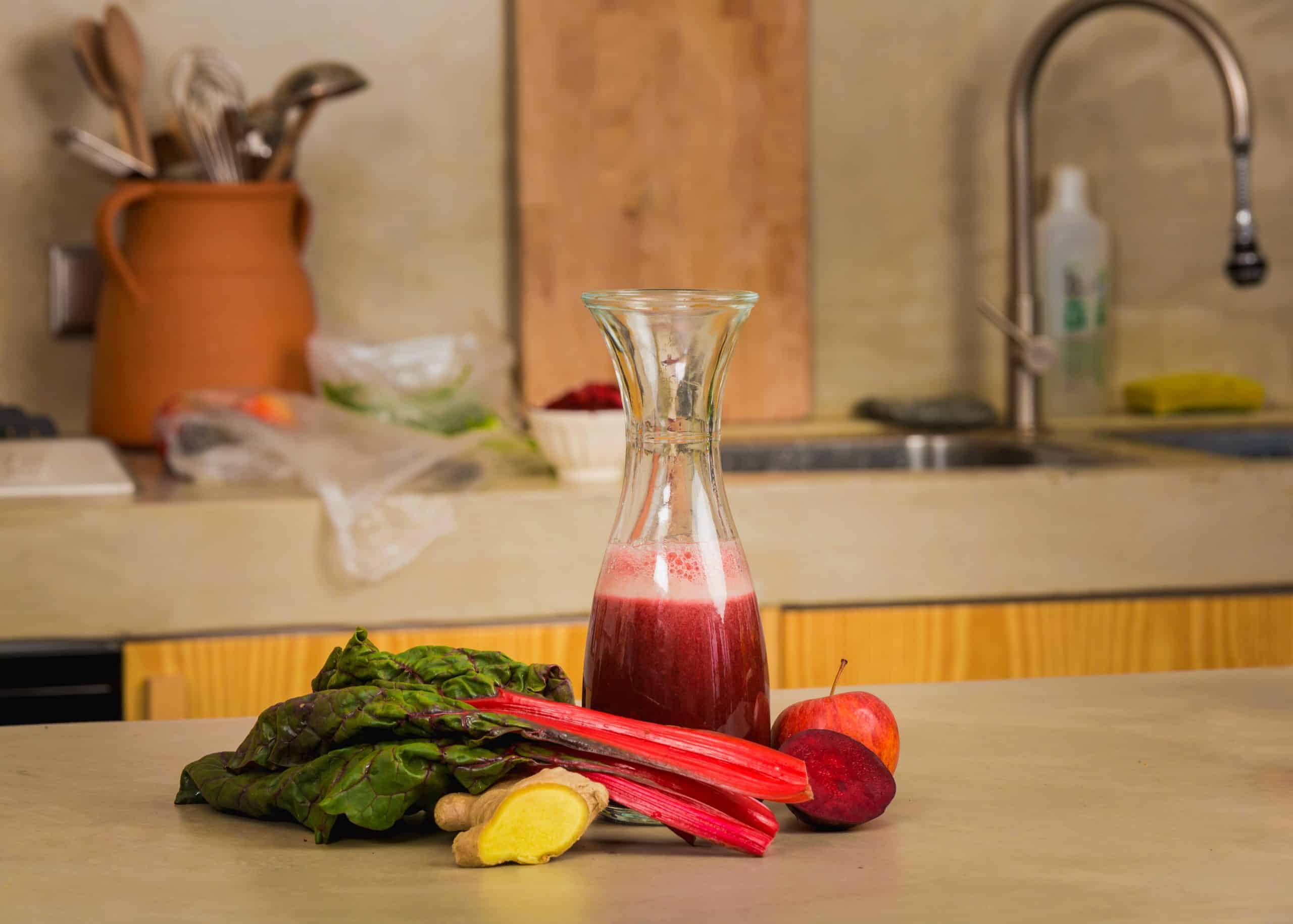Ancient grains, rich in protein and fiber, have been feeding civilizations for millennia. These wholesome grains, such as quinoa, millet, amaranth, teff, and spelt, offer a fantastic blend of complex carbohydrates, proteins, and fibers, making them an excellent choice for the health-conscious. But it’s not only about nutrition – these ancient grains can also introduce unique flavors and textures into your baking. And for those who adhere to a gluten-free diet, incorporating these grains into your bread recipes can elevate your baking game to a whole new level.
Unraveling the Mysteries of Ancient Grains
Ancient grains have been cultivated for thousands of years and remain relatively unchanged by modern agriculture. These grains often have a hardy texture and a rich, nutty flavor that can add depth and complexity to your gluten-free bread recipes.
Also read : What’s the Best Approach to Pairing Uncommon Spices with Traditional Desserts?
Quinoa is a versatile grain that not only packs a punch with protein but also has all nine essential amino acids, making it a complete protein. It can be used in bread as flour or as cooked whole grains adding a delightful crunch to your recipes.
Millet is a small grain that’s big on nutrition. High in fiber and protein, millet brings a sweet, corn-like flavor to the bread. Its light texture can help soften the denseness often associated with gluten-free bread.
Have you seen this : Can Molecular Gastronomy Techniques Be Simplified for Home Cooks?
Amaranth is a powerhouse grain, high in protein, fiber, and essential nutrients like magnesium, phosphorus, and manganese. Its slight peppery flavor can add a unique twist to your bread.
Teff, a tiny grain native to Ethiopia, is packed with protein, fiber, and calcium. It has a mild, nutty flavor and can bring a lovely brown color to your bread.
Spelt, although not gluten-free, is often tolerated better by those with gluten sensitivities. It boasts a sweet and nutty flavor and can be used in a mix with other gluten-free flours.
Acquainting Your Gluten-Free Bread Recipes with Ancient Grains
When starting to use ancient grains in your bread recipes, it’s essential to understand that these grains behave differently from conventional wheat flour. They might require additional liquids or binding agents to create a dough that holds together well.
A simple way to start is by replacing a portion of the gluten-free flour blend in your recipe with ancient grain flour. You can adjust the ratio of ancient grain flour to suit your taste and texture preferences. Whether you’re making a hearty loaf for sandwiches or a crusty baguette for the dinner table, these grains are versatile enough to adapt to your baking needs.
Crafting Your Dough: A Mix of Art and Science
The process of making bread with ancient grains involves a delicate balance of the right ingredients, right temperatures, and right baking times.
When making the dough, remember to give it more time to absorb the liquid. A well-hydrated dough will yield a tender and flavorful bread. Also, adding a binding agent like xanthan gum or psyllium husk powder can help to improve the dough’s structure and elasticity.
Baking times and temperatures may need to be adjusted when using ancient grains. These grains have a higher protein and fiber content, which means they may need longer baking times at lower temperatures to ensure they’re cooked through.
Adding Flavor and Texture to Your Gluten-Free Bread
In addition to their nutritional benefits, ancient grains can also bring a new dimension of flavor and texture to your gluten-free bread.
To enhance the flavor of the grains, consider toasting them lightly before grinding into flour. This step can bring out their natural nuttiness and add a depth of flavor to your bread.
For texture, whole grains can be soaked and added to the dough. The cooked grains will add a delightful crunch and chewiness to your bread.
Ancient grains also pair well with other ingredients. Think fruits, nuts, seeds, spices, and herbs. The possibilities are endless.
Nourishing Your Body and Soul with Ancient Grains
Baking with ancient grains not only brings nutritional benefits and flavor to your gluten-free bread but it also connects us to our food’s history and tradition. So the next time you’re in your kitchen, why not give these ancient grains a try? You might be surprised by the delicious results.
Remember, baking is a process of discovery and enjoyment. Don’t be afraid to experiment and find the combinations that work best for you. After all, the journey is as important as the destination.
The Health Benefits of Baking with Ancient Grains
When it comes to nutrition, ancient grains are hard to beat. These grains are often superior to modern grains like wheat flour in terms of vitamins, minerals, and protein content, making them a healthier choice for your baked goods. Besides, these grains are typically whole grains, meaning they retain all parts of the grain — the bran, germ, and endosperm. Consuming whole grains is associated with lower risks of heart disease, diabetes, and certain types of cancer.
For those with celiac disease or gluten sensitivity, ancient grains like quinoa, millet, amaranth, and teff are naturally gluten-free. This makes them a safe and nutritious alternative to wheat flour. Even spelt, which does contain gluten, is often better tolerated by those with mild gluten sensitivities.
For example, millet flour is a rich source of magnesium, a mineral that’s essential for heart health and blood pressure regulation. Quinoa is well-regarded for its high protein content, with a staggering 8 grams of protein per cup. Moreover, teff flour is a powerhouse of calcium, iron, and fiber, nutrients that are often lacking in the western diet.
Ancient grains also have a low glycemic index, meaning they are digested slowly and cause a slower rise in blood sugar levels, making them a good choice for people with diabetes.
Putting It All Together: Creating a Wholesome Gluten-Free Bread Recipe
Now that we understand the benefits and ways to incorporate ancient grains into our gluten-free bread recipes, it’s time to put this knowledge into practice. Whether it’s a rustic loaf of banana bread or a batch of hearty grain bread, these grains can truly transform your baked goods.
Start by adding a quarter cup of teff or millet flour to your all-purpose flour for a slight nutty flavor and a boost of nutrients. Or, you can create a unique blend of ancient grain flours for a complex flavor profile.
Remember, baking with ancient grains is not just about creating gluten-free alternatives. It’s about embracing the versatility and health benefits these grains have to offer. Experiment with different grains, ratios, and baking techniques to discover what works best for you.
Conclusion
Incorporating ancient grains into your gluten-free bread recipes is a fantastic way to add nutrition, flavor, and unique textures to your baked goods. From the protein-packed quinoa to the fiber-rich teff, these grains offer a myriad of health benefits and are a must-try for any health-conscious baker.
So why not take a step back in time and explore the rich, wholesome flavors of these ancient grains? With a little creativity and experimentation, you can create delicious and nutritious gluten-free bread that nourishes your body and satisfies your taste buds.
Remember, baking is an art and a science, and every baker’s journey is unique. So have fun, enjoy the process, and relish in the delightful results of baking with ancient grains. Happy baking!











